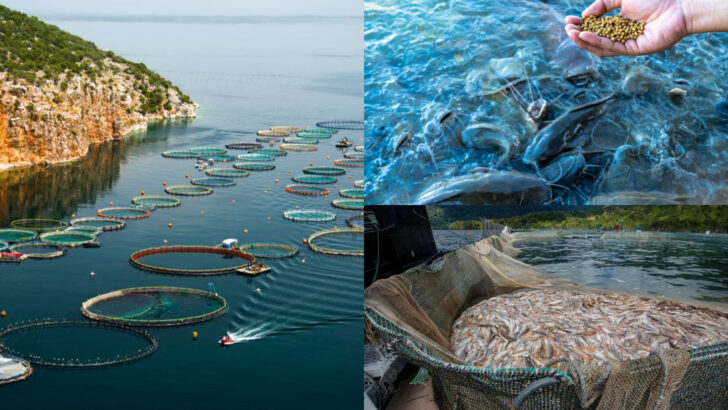Fish farming, while a solution to meet growing seafood demand, poses various challenges and concerns. Understanding these drawbacks helps consumers make informed decisions about their dietary choices and environmental impact.
Environmental Pollution

Water pollution from fish farms affects surrounding ecosystems. Waste products and chemicals used in farms seep into nearby water bodies, disrupting natural habitats.
This contamination poses risks not only to aquatic life but also to communities relying on these waters for daily use. It’s essential to consider innovative waste management strategies.
Some farmers are adopting sustainable practices, but widespread implementation remains limited. Awareness among consumers can drive demand for responsibly farmed products.
Engaging in local clean-up activities or supporting organizations working on water conservation can make a difference. Collectively, our choices impact the health of our planet.
Overuse of Antibiotics
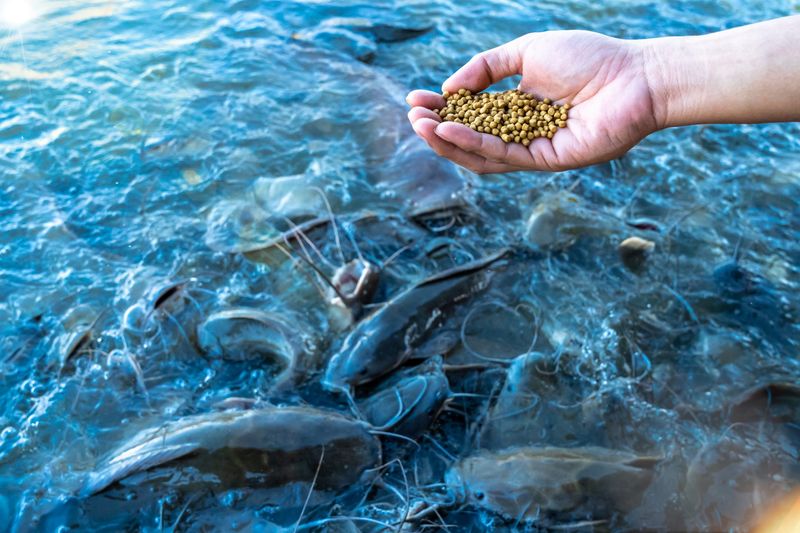
The reliance on antibiotics in fish farming aims to prevent disease outbreaks. However, excessive use leads to antibiotic resistance.
This phenomenon makes treating infections in both fish and humans more challenging. Farms often operate in crowded conditions, increasing the likelihood of disease spread.
Alternatives like probiotics and vaccines are gradually explored to mitigate this issue. Consumers can opt for products labeled as antibiotic-free.
Educating oneself about seafood sources contributes to informed purchasing decisions. By supporting responsible fisheries, we encourage healthier practices.
It’s a step towards minimizing antibiotic-related health risks globally.
Habitat Destruction
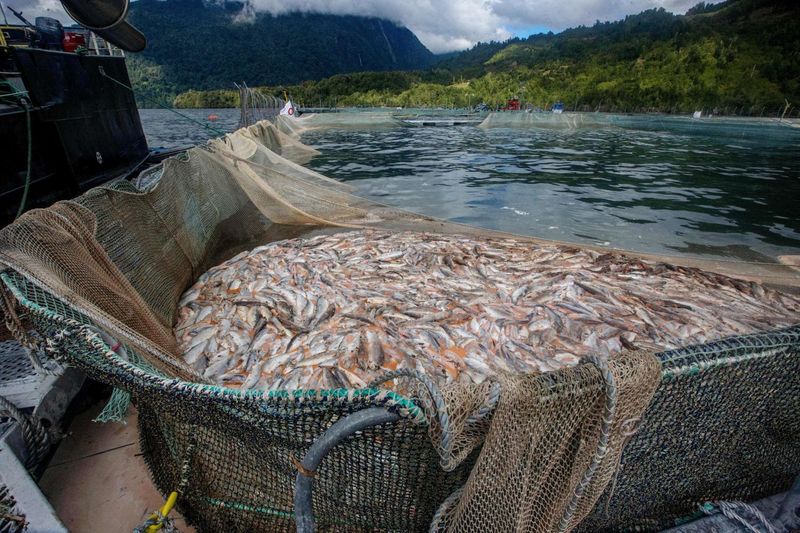
Transforming natural habitats into fish farming sites contributes to biodiversity loss. Wetlands, mangroves, and coastal areas often fall victim to this change.
Such transformations disrupt the balance of local ecosystems. They also remove crucial breeding grounds for various species.
Restoration projects aim to revive these vital areas, though progress is slow. Supporting sustainable aquaculture can reduce further damage.
By being aware of these impacts, consumers play a role in protecting our planet. Each purchase decision reflects our commitment to conservation.
Efforts to preserve these natural environments benefit both wildlife and humanity.
Fish Escape
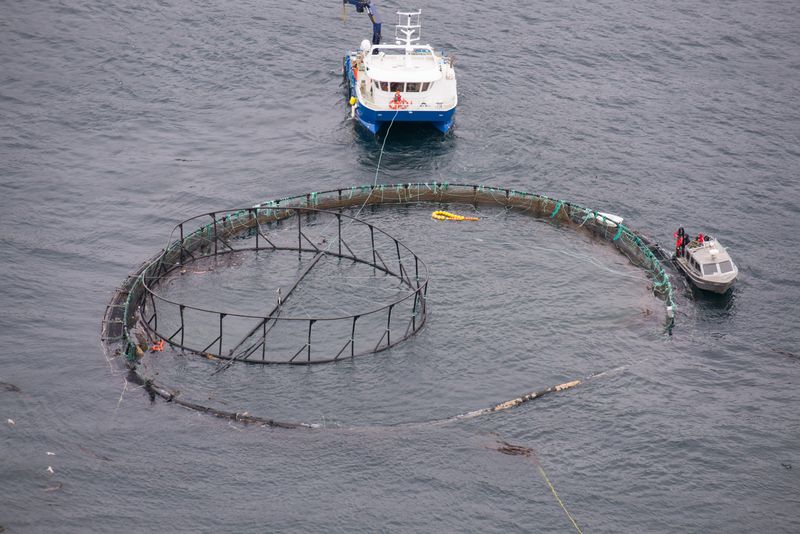
Escaped farmed fish pose several ecological threats. They can outcompete wild fish for resources, potentially leading to their decline.
These fish may also introduce diseases, impacting the health of local populations. Farms must enhance their containment methods to prevent such losses.
Consumers can advocate for stricter regulations on fish farming operations. Choosing certified sustainable seafood options supports this cause.
Awareness of these issues helps protect marine biodiversity. It’s crucial to prioritize solutions that safeguard both farmed and wild fish.
Ultimately, collaboration between industries and governments is vital for effective change.
Resource Inefficiency
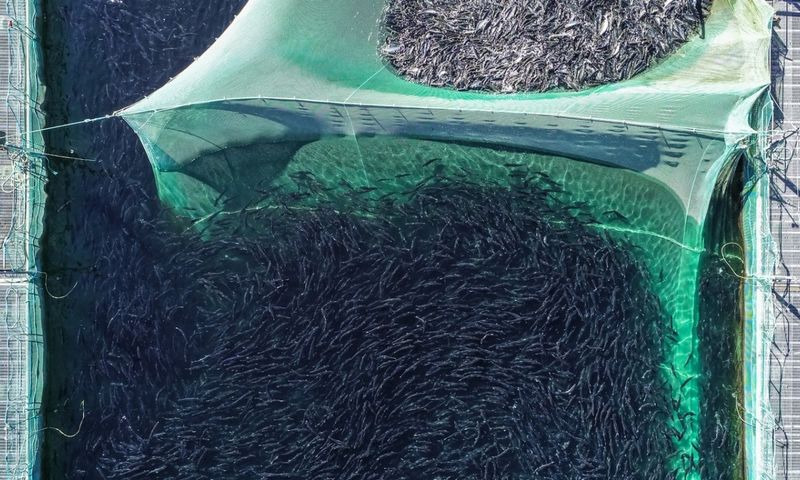
Fish farming often demands extensive resources, from feed to water usage. This inefficiency can negate the environmental benefits farming aims to provide.
Reducing resource consumption remains a significant challenge. Innovations in feed formulation and farming techniques offer potential improvements.
Consumers can support brands prioritizing sustainability in their operations. Awareness of resource use in food production encourages mindful consumption.
Advocating for transparency in farming practices enables better choices. Comprehensive resource management strategies are essential for sustainable aquaculture.
As consumers, our involvement can drive positive change in the industry.
Genetic Contamination
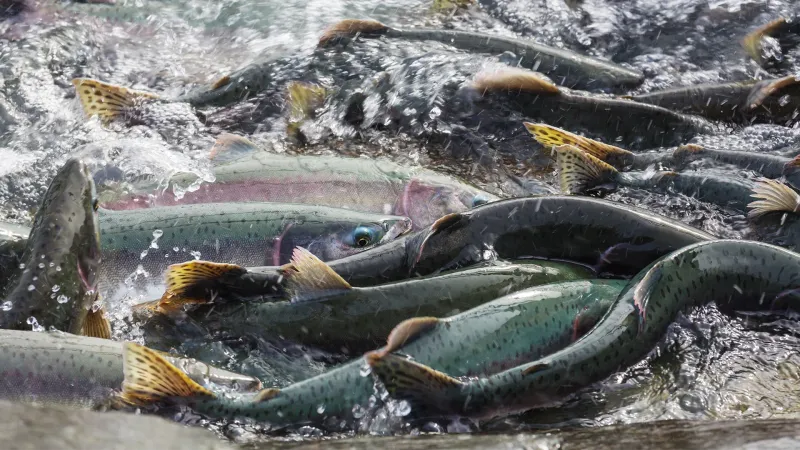
Farmed fish escaping into the wild may lead to genetic contamination. This mixing alters the genetic pool of wild populations, affecting their resilience and adaptation abilities.
Farms need to prioritize secure containment measures and robust genetic management practices. Supporting initiatives focusing on genetic diversity conservation is crucial.
Consumers can opt for products from operations recognized for safeguarding wild genetics. Raising awareness of this issue contributes to informed seafood choices.
Collective efforts are necessary to preserve the natural genetic makeup of wild fish. It’s an investment in maintaining biodiversity for future generations.
Fish Feed Controversy
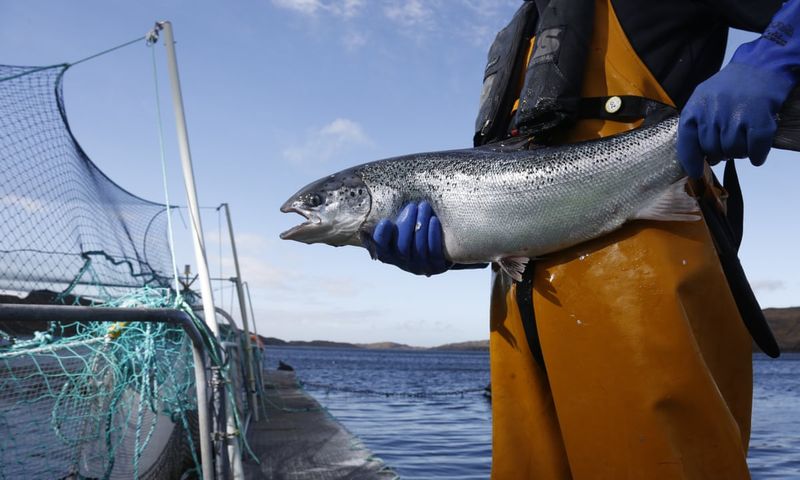
Fish feed often contains wild-caught fish, raising sustainability concerns. The demand for fishmeal and fish oil pressures already overfished species.
Alternatives like plant-based feed are being explored to reduce reliance on wild fish. Consumers can seek out seafood products from farms using innovative feed solutions.
Supporting these efforts promotes responsible resource use in aquaculture. Awareness of feed sources influences purchasing decisions, driving demand for sustainable options.
Encouraging transparency in feed sourcing is vital. Balancing feed efficiency with environmental responsibility remains a key focus for the industry.
Water Usage
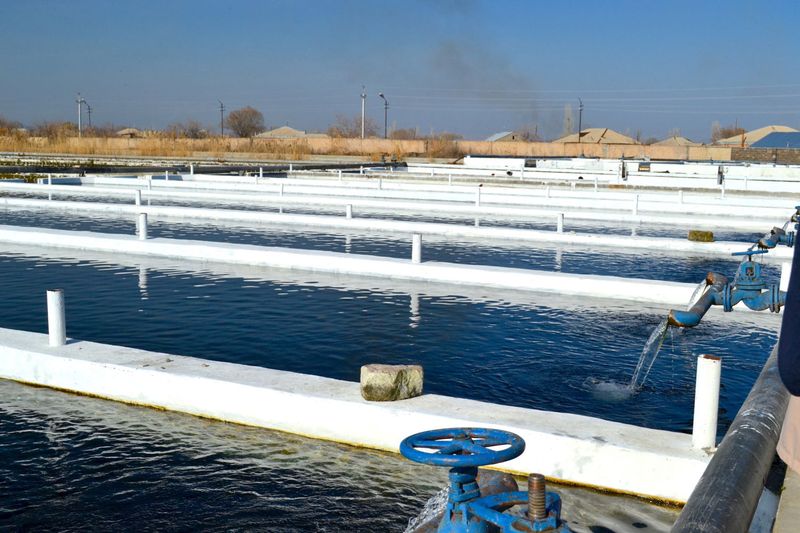
Fish farming consumes considerable amounts of water, an increasingly scarce resource. This demand can strain local water supplies, impacting communities and ecosystems.
Implementing water-efficient practices in farms is critical to address this issue. Consumers can prioritize products from farms committed to reducing their water footprint.
Supporting water conservation initiatives helps ensure sustainable aquaculture. Awareness of water usage in food production encourages conscious consumption.
Advocating for industry transparency and efficiency in water resources is essential. Our choices can contribute to preserving this vital resource for future generations.
Health Risks
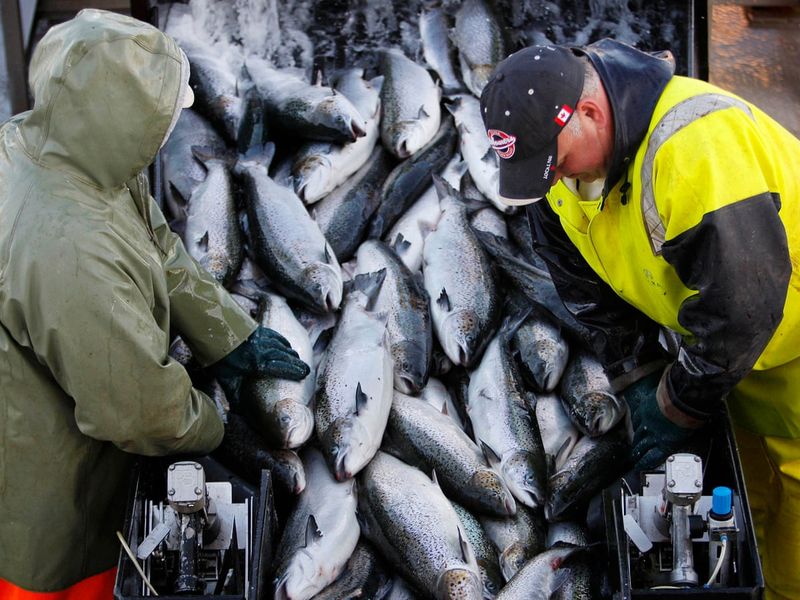
Farmed fish may carry health risks due to contaminants like toxins and heavy metals. These substances accumulate in fish tissues, posing threats to consumers.
Monitoring and regulating farming practices can mitigate these risks. Consumers have the power to demand safer seafood through their purchasing choices.
Opting for certified products ensures adherence to health standards. Awareness of these issues is crucial for making informed dietary decisions.
Supporting efforts to improve farmed fish safety benefits overall public health. Collective action can drive improvements in seafood quality and safety.
Economic Disparities

The growth of large-scale fish farms can create economic disparity. Local fishermen often struggle to compete, facing decreased income opportunities.
This imbalance undermines traditional fishing communities and cultures. Supporting policies that promote fair competition and protect small-scale operations is vital.
Consumers can contribute by purchasing from local fishermen and small-scale farms. Awareness of these economic impacts informs ethical seafood choices.
Encouraging diverse and equitable industry practices benefits communities worldwide. Our involvement helps ensure a balanced and fair fishery economy.
It’s a step towards sustainable and inclusive development in the sector.
Ethical Concerns
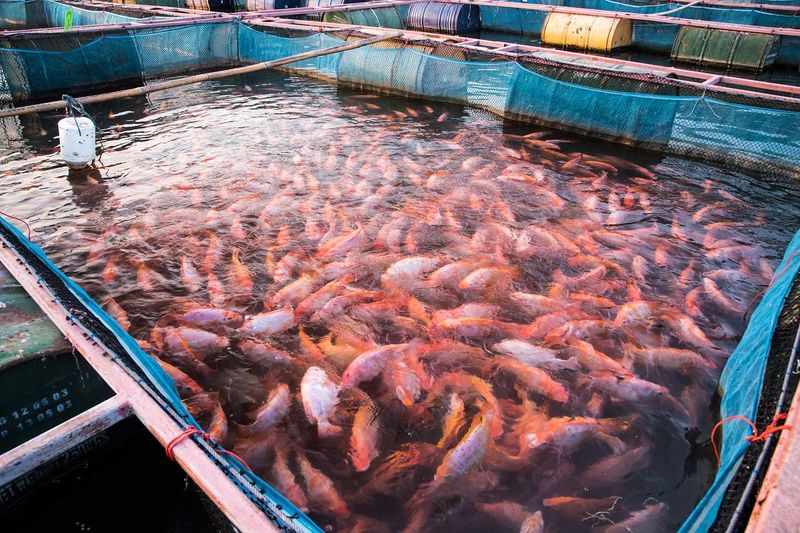
Ethical concerns in fish farming revolve around animal welfare and living conditions. Overcrowding and poor environments raise questions about humane treatment.
Implementing welfare standards is crucial for ethical aquaculture practices. Consumers can choose products from farms committed to high welfare standards.
Supporting these operations encourages industry-wide ethical improvements. Awareness of animal welfare issues influences buying decisions, promoting change.
Advocating for transparency in farming practices ensures accountability. Our choices reflect our values and can drive progress towards humane treatment.
Ethical considerations are integral to sustainable aquaculture.
Nutritional Variability

Farmed fish often display nutritional differences compared to their wild counterparts. Factors like diet and living conditions contribute to this variability.
Wild fish generally offer higher levels of certain nutrients, including omega-3 fatty acids. Consumers should be aware of these nutritional distinctions when making dietary choices.
Opting for diverse seafood options ensures a balanced nutrient intake. Supporting research on improving farmed fish nutrition is essential for public health.
Awareness of nutritional variability encourages informed consumption. Our choices can influence industry practices towards enhancing farmed seafood quality.
Disease Spread
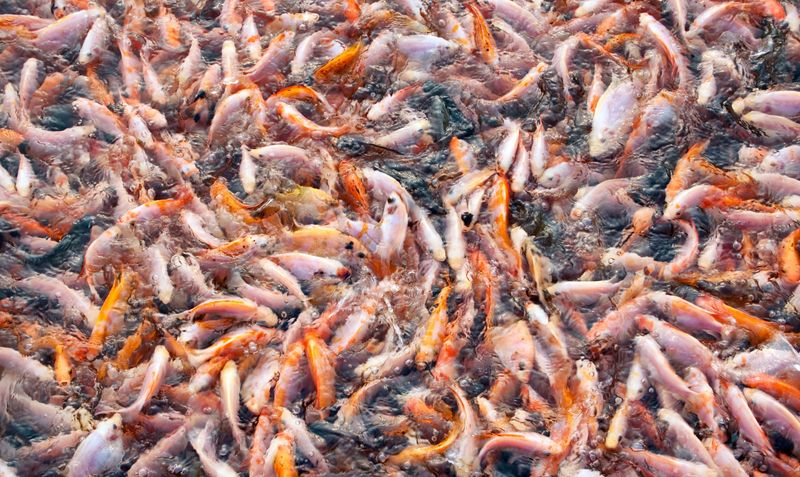
Overcrowded conditions in fish farms often lead to disease outbreaks. These infections can spread to wild fish populations, threatening marine ecosystems.
Implementing robust biosecurity measures is essential for disease prevention. Consumers can support farms prioritizing health management and disease control.
Awareness of these issues helps drive demand for responsibly farmed products. By choosing certified seafood, we contribute to sustainable aquaculture practices.
Collective efforts in promoting healthy farms benefit both aquaculture and wild fisheries. It’s crucial to address disease spread for the health of marine ecosystems.
Market Saturation
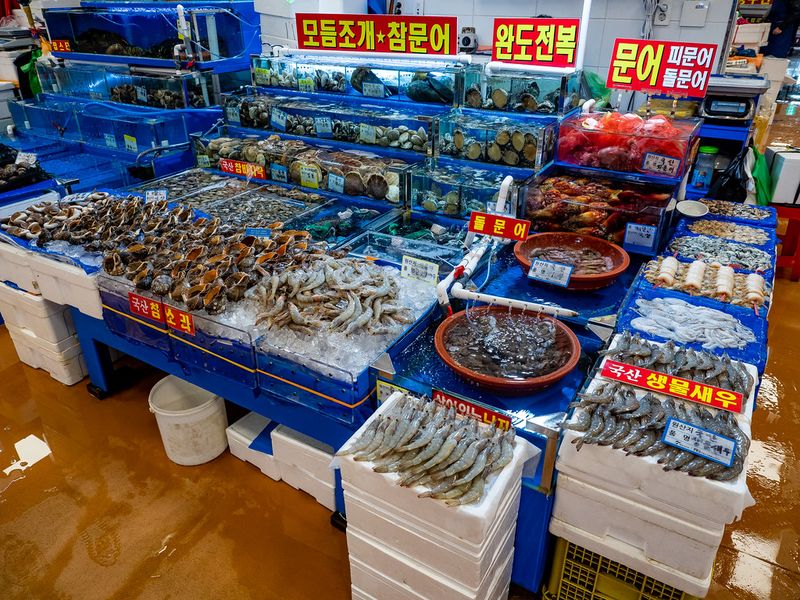
The rapid expansion of fish farming leads to market saturation. This oversupply can result in reduced prices, affecting fishermen’s livelihoods.
Balancing production with demand is crucial for a healthy seafood economy. Consumers can support diverse seafood markets, promoting varied fishery products.
Awareness of market dynamics encourages informed purchasing decisions. By valuing different seafood sources, we help stabilize prices and support fishermen.
Industry collaboration is needed to address supply-demand imbalances effectively. Our choices play a role in maintaining a sustainable and diverse seafood industry.
Chemical Contamination

Chemical use in aquaculture raises concerns over contamination. Pesticides and other substances may leach into water bodies, impacting ecosystems and human health.
Regulating chemical use in farms is essential for environmental and consumer safety. Supporting operations committed to minimizing chemical use encourages industry-wide change.
Awareness of contamination risks informs seafood choices. Opting for certified products ensures adherence to safety standards.
Our involvement helps promote cleaner and safer aquaculture practices. Collective efforts are crucial for reducing chemical impacts on aquatic environments.
It’s vital for sustainable seafood production.
Limited Species Diversity

Fish farming often focuses on a few popular species, limiting biodiversity. This practice can lead to market reliance on specific fish types, reducing ecological resilience.
Supporting farms that diversify their species range contributes to a healthier ecosystem. Consumers can explore varied seafood options to promote species diversity.
Awareness of this issue encourages informed dietary choices. Industry efforts to expand farmed species selection benefit environmental sustainability.
Our preferences can influence farming practices towards greater biodiversity. It’s crucial for maintaining balanced ecosystems and resilient fishery markets.
Energy Consumption
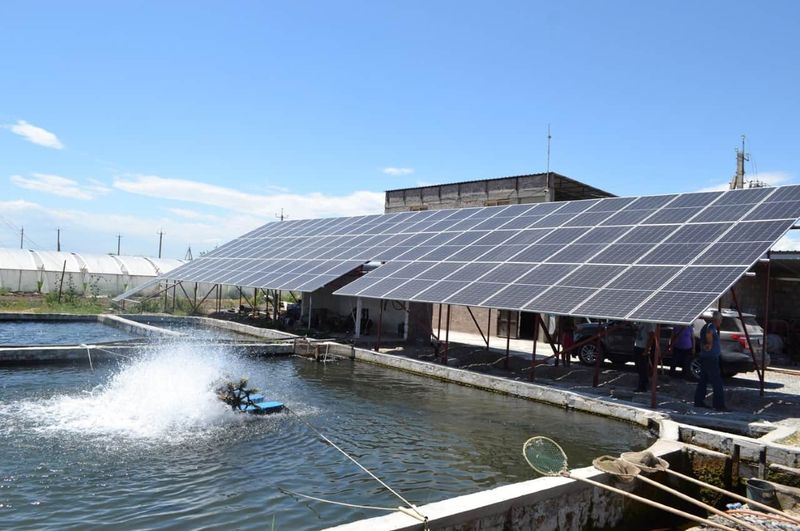
High energy consumption in fish farming raises environmental concerns. From maintaining water quality to operating machinery, farms require significant energy input.
Implementing energy-efficient technologies can help mitigate this impact. Consumers can support farms committed to reducing their energy footprint.
Awareness of energy use in food production encourages mindful consumption. Supporting renewable energy initiatives in aquaculture promotes sustainability.
Industry transparency and innovation in energy usage are vital for reducing environmental impact. Our choices contribute to fostering a more sustainable fishery industry.
It’s important for preserving natural resources.
Social Conflict
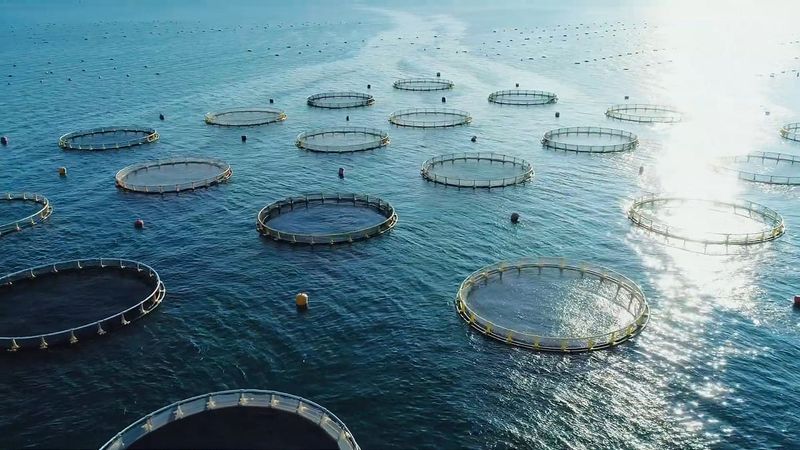
The expansion of fish farms can cause social conflict with local communities. Issues over resource allocation and environmental impacts often arise.
Addressing these conflicts through dialogue and fair practices is crucial. Consumers can support initiatives that prioritize community interests and collaboration.
Awareness of social dynamics in aquaculture informs ethical seafood choices. Encouraging inclusive industry practices benefits both communities and the environment.
Our involvement helps promote harmony in fishery development. It’s a step towards sustainable and equitable growth in the aquaculture sector.
Waste Management
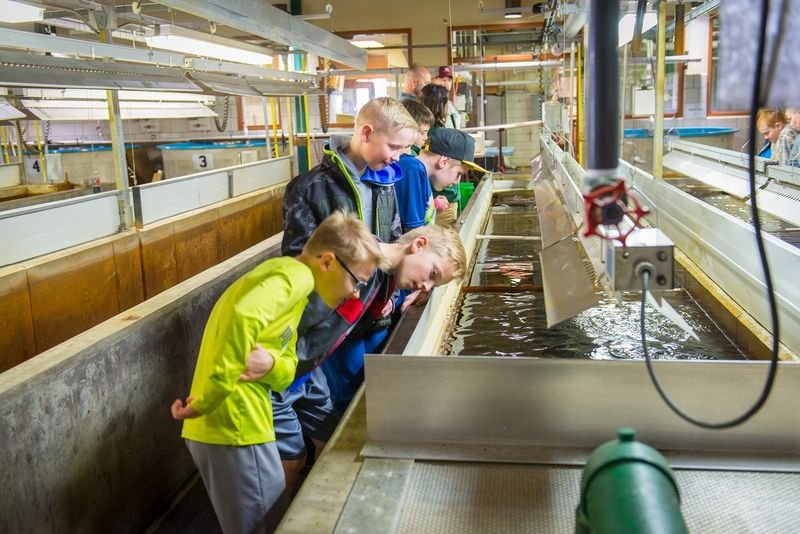
Effective waste management remains a challenge in fish farming. Accumulation of waste products can degrade water quality, impacting aquatic life.
Implementing innovative waste treatment solutions is essential for environmental sustainability. Consumers can support farms prioritizing responsible waste management.
Awareness of waste impacts encourages informed seafood choices. Promoting clean aquaculture practices benefits ecosystems and communities.
Our choices reflect our commitment to a healthier planet. It’s crucial for reducing aquaculture’s environmental footprint.
Collaborative efforts are needed to improve waste management in the industry.
Labor Concerns
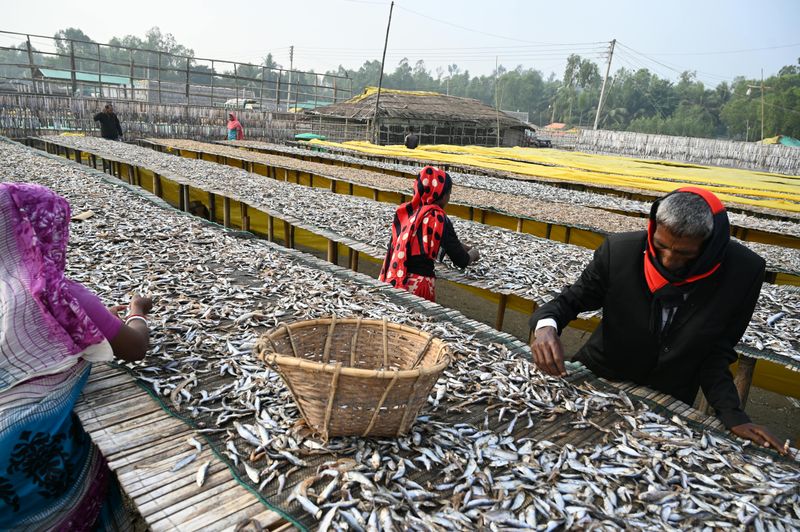
Labor conditions in fish farming often raise ethical questions. Workers may face challenging environments and inadequate protections.
Ensuring fair labor practices is crucial for ethical aquaculture. Consumers can support operations committed to worker welfare and rights.
Awareness of labor issues influences ethical purchasing decisions. Promoting fair labor standards benefits both workers and the industry.
Our choices help drive improvements in working conditions. It’s important for creating a just and equitable fishery sector.
Collective efforts are vital for advancing labor rights in aquaculture.
Supply Chain Complexity

The complexity of fish farming supply chains can obscure transparency. Lack of clarity poses challenges for consumers seeking sustainable options.
Simplifying supply chains enhances traceability and accountability. Consumers can support brands promoting transparent practices.
Awareness of supply chain issues informs responsible seafood choices. Advocating for clarity and efficiency in supply chains benefits the industry.
Our involvement helps promote sustainability and trust. It’s essential for ensuring informed and ethical consumer decisions.
Collaborative efforts are needed to address supply chain challenges.
Climate Impact
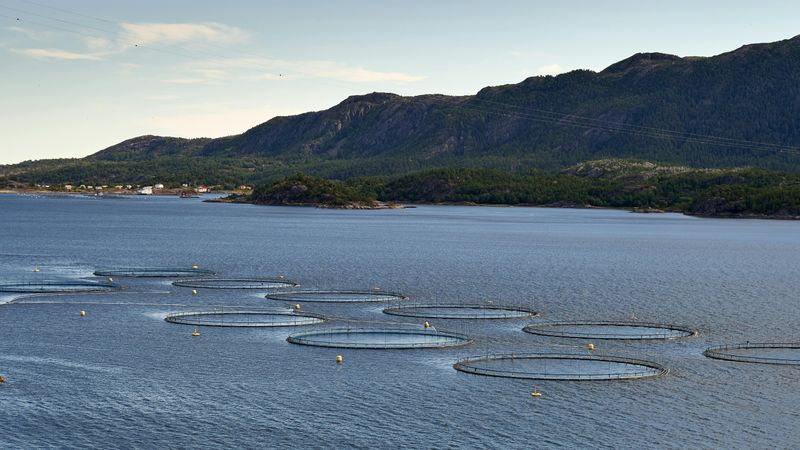
Fish farming contributes to climate change through greenhouse gas emissions. Practices like feed production and energy use add to this environmental burden.
Reducing carbon footprints in farms is essential for sustainability. Consumers can support initiatives focused on minimizing climate impacts.
Awareness of these issues informs responsible seafood consumption. Promoting climate-friendly practices in aquaculture benefits the planet.
Our choices influence industry efforts towards environmental responsibility. It’s crucial for addressing climate change challenges.
Collaborative efforts are needed to mitigate aquaculture’s climate impact.
Regulatory Challenges

Regulatory challenges in fish farming often hinder effective oversight. Inconsistent standards can compromise environmental and consumer safety.
Strengthening regulations and enforcement is crucial for sustainable aquaculture. Consumers can support operations adhering to rigorous standards.
Awareness of regulatory issues informs responsible seafood choices. Promoting strong governance benefits public health and ecosystems.
Our involvement helps drive improvements in industry practices. It’s important for ensuring accountable and transparent fish farming.
Collaborative efforts are needed to address regulatory challenges effectively.
Overfishing for Feed
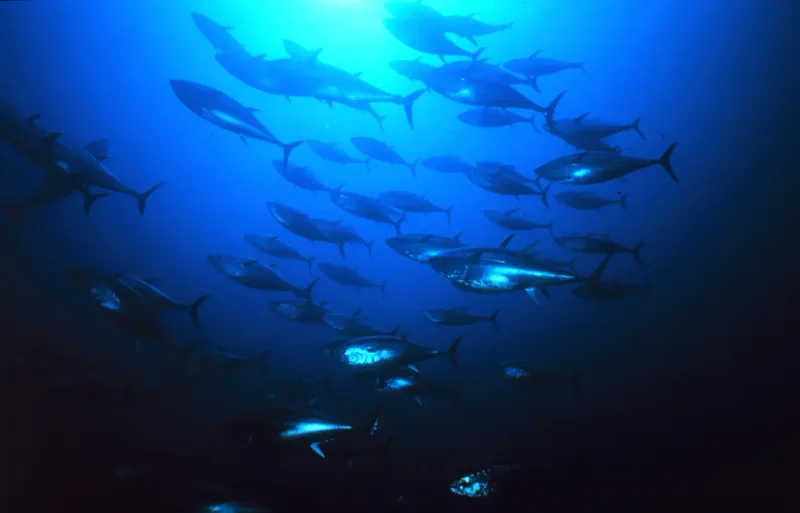
Overfishing for aquaculture feed pressures wild fish populations. This practice undermines marine ecosystems and biodiversity.
Supporting alternative feed solutions is essential for sustainability. Consumers can choose seafood from farms using innovative feed practices.
Awareness of these issues informs ethical dietary choices. Promoting sustainable feed sources benefits both aquaculture and wild fisheries.
Our involvement helps drive industry changes towards responsible resource use. It’s crucial for preserving marine life and ecosystem balance.
Collaborative efforts are needed to reduce overfishing impacts.
Limited Research

Limited research in fish farming hinders innovation and improvement. Understanding ecological impacts and developing sustainable practices require extensive study.
Supporting research initiatives is crucial for advancing aquaculture. Consumers can encourage industry investments in scientific exploration.
Awareness of research gaps informs responsible seafood choices. Promoting knowledge growth benefits both the industry and the environment.
Our involvement helps drive innovation and sustainability in aquaculture. It’s essential for addressing future challenges and opportunities.
Collaborative efforts are needed to enhance research in fish farming.
Public Perception Challenges

Public perception challenges can affect fish farming’s growth and acceptance. Misunderstandings and negative views may hinder industry development.
Addressing these perceptions through education and transparency is crucial. Consumers can support efforts to improve public understanding.
Awareness of perception issues informs informed seafood choices. Promoting open dialogue benefits the industry and communities.
Our involvement helps foster acceptance and support for sustainable aquaculture. It’s important for building trust and cooperation.
Collaborative efforts are needed to address public perception challenges.

